Rare Steiff BIG BROTHER Gibbon Ape All ID 1962-1966 Only Talks!
$175.00 Original price was: $175.00.$95.99Current price is: $95.99.
- Quality You Can Count On
- 100% High-Quality Guarantee
- 7 days free returns
- We take quality seriously.

I am delighted to introduce you to this very rare Steiff ape. I don’t think I had ever heard of gibbons before the first Steiff one came my way in 2011. Since then I have seen very few others, including one I could not resist adding to my own collection—the one featured with this big guy in my last image.
Gibbon was made in only these two sizes—and only from 1962 to 1966 in both sizes. Those years were subdivided into two series, one made from 1962 to 1964 and one made from 1965 to 1966. Each series of gibbons had the same article number, 7340,00, for this big brother. As you can see, the number is dark and clearly printed on his complete flag. Although both brothers were made the same number of years, this big guy is far less often seen. This is the ONLY big brother gibbon I have seen in the two decades I have been helping Steiff animals find new homes!
Gibbon’s article number suggests that he should measure 40 centimeters, but I don’t know which dimension I should try to come up with that measurement. He is permanently seated, so his legs would not seem to be part of his measurement. If he is posed with good posture, Gibbon measures about 8 1/2 inches from his seated surface to the top of his head, a little less than 22 cm. He measures about 22 inches to the tips of his fingers, when you stretch his arms out as far from each other as possible, which is 56 centimeters. Actually, if you allow his arms to stretch out in a more relaxed way so his they are not extended out to the extreme, you can set their separation at exactly 40 centimeters, about 15 3/4 inches. Of course, you can have his arms placed closer to his body if you prefer that.
To give you an idea how big he is, even using my wide-angle lens, I could not fit all of Gibbon into my sixth image. His arms are too long, and mine are not long enough!
Gibbon is in very good condition (and I DON’T MEAN “for his age”), with fabulous coloring and lustrous, full mohair. Four seams come together at the top back of his head, and there is just a tiny bit of wear there; I am showing you a HUGE enlarged inset of that area on the lower right of my second composite image, where you can see that the wear at the intersection of those seams is inconsequential.
While I am on the topic of wear on Gibbon’s head, the longer white mohair that frames his head has a little uniform thinning, but there is enough mohair there to totally camouflage the thinning by the way I have brushed it. This, like the intersecting seams at the back top of Gibbon’s head, is really minor, and it is just my desire to be complete that causes me to mention it.
In my fourth image, I am trying to show you one last really inconsequential issue, and I felt silly even taking a picture of it. Gibbon’s thighs are attached to his lower torso by floss thread or string a little thicker than his chest tag string. Under ideal conditions, you would not see this at all. The string has very slightly pulled away from the connection between Gibbon’s left thigh and torso, and the only reason you would see it at all is gravity. When Gibbon is seated, his thighs and the respective sides of his body are together, with no space in between. It is only when you pick him up and allow his legs to dangle, that the connection between his left thigh and side shows itself.
I suspect that a former young guardian used to drag Gibbon around by that one leg, thus putting a strain on the connection. I believe that the same kind of thing happened with Gibbon’s arms, although there is no sewn connection between them and his upper sides. Thus, his arms DECEMBER be a bit floppier than they once were, and the stuffing inside also underwent some separation (which is detectable only by feel). This minor evidence of play is already built into my decision to rate Gibbon “very good” instead of “excellent,” and this is a good example of the kind of restoration I would NOT do; there is nothing visually wrong with Gibbon, and opening up his arms to give him an infusion of excelsior and then closing the seam on each arm, is NOT the kind of restoration whose benefits outweigh the invasiveness of the repair.
Now that I am fully in nitpick mode, I will mention Gibbon’s chest tag. There is evidence that something was written on it between the hole and his name. Either that, or there was something pasted on it (in either case, I think it DECEMBER have been a price tag—Why do people do that??!!).
The chest tag also shows some wrinkling and creasing in the top layer of paper. There was really no danger of anything happening to the tag (there was NO crease in across the top of his head, as so often happens). Notwithstanding that, I decided to reinforce the back of the tag with cardboard, so it would feel more crisp to the touch. If you look closely at the tag, you can see the creases and wrinkles; obviously, there is no way to make them disappear. However, I believe that my reinforcement improved the tag to some extent.
OK, enough with my nitpicking; let me continue my general description. Most of Gibbon’s lustrous and beautifully colored fur is mohair, but that wonderfully airbrushed face is Dralon, as are the white outsides of his hands and feet. Notice his slender fingers demarcated with stitching and brown airbrushing. The insides of his feet are felt, as, are his ears. You can’t really see it in my pictures, but there are airbrushed accents on the insides of his ears.
I already mentioned Gibbon’s appendages; his arms and legs are not jointed, nor do they have wires, like the “bendy” animals. He is hard-stuffed with excelsior, but his stuffing is not SO hard that he must retain a rigid position. In fact, as, I noted, his arms are probably even more flexible than they were when Gibbon was new (I guessed that his former young guardian would carry him around by one limb or the other).
I am trying to show you something that approximates Gibbon’s environment in nature. My little wooden pole is meant to stand in for a tree branch, and it is by moving their long arms one over the other, in a process called “BRACHIATION,” that gibbons and other primates get around in the jungle, both horizontally across from one tree to the next and vertically in the same tree. PLEASE NOTE that my eighth image is a brachiating 20-cm Gibbon. I did not have a sufficiently long piece of wood to show you this big guy engaged in the same activity. By the way, the 20-cm Gibbon in that image is a different one from the little guy in my last image. The brachiating gibbon is one I helped get adopted; the one posed with this guy lives in my vitrine and is NOT part of this sale.
I can’t think of anything else to tell you—OH WAIT, there is! Gibbon has a squeaker in his back that makes a really puny noise compared to what you would expect from his size. Because of his girth, you have to squeeze through a bunch of filling to get to the squeaker. DECEMBERbe I am not strong enough to give his belly the push it deserves, but I doubt that a child could do any better. Therefore, I think I am getting the sound out of the squeaker as much as it will squeak.
OK, now I will tell you to please write if you have a question. Gibbon is a rare, exotic, and CUTE ape, made for very few years, and who knows when your next opportunity to adopt one will come around?
WHATEVER YOU DECIDE TO DO ABOUT GIBBON OR ANY OF MY OTHER STEIFF ITEMS, PLEASE BE SURE TO SEE THE ARTICLE I HAVE WRITTEN ABOUT STEIFF ID FRAUD—INCLUDING COUNTERFEIT CHEST TAGS—(AND OTHER IMPORTANT INFORMATION FOR COLLECTORS). YOU WILL FIND THE LINK ON THE BOTTOM RIGHT OF MY SHOP HOME PAGE UNDER “FAVORITE LINKS.” IF YOU HAVE NOT LOOKED AT IT RECENTLY, I UPDATED AND EXPANDED IT IN DECEMBER, 2022.
| ITEM ID | RL-2070 |
|---|---|
| COLOR | Brown, White |
| ITEM TYPE | Vintage |
| FINE PLUSH AGE | Post 1950 |
Be the first to review “Rare Steiff BIG BROTHER Gibbon Ape All ID 1962-1966 Only Talks!” Cancel reply
Related products
Cats
Rare Sweet 17 CM Steiff Black Cat US-Zone Flag For Halloween And All Year Round 1950-1955 Only!

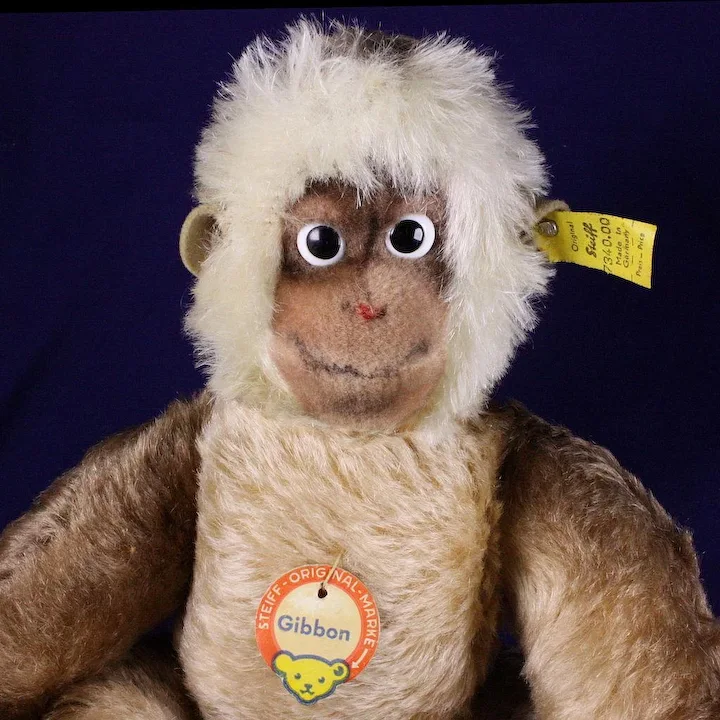




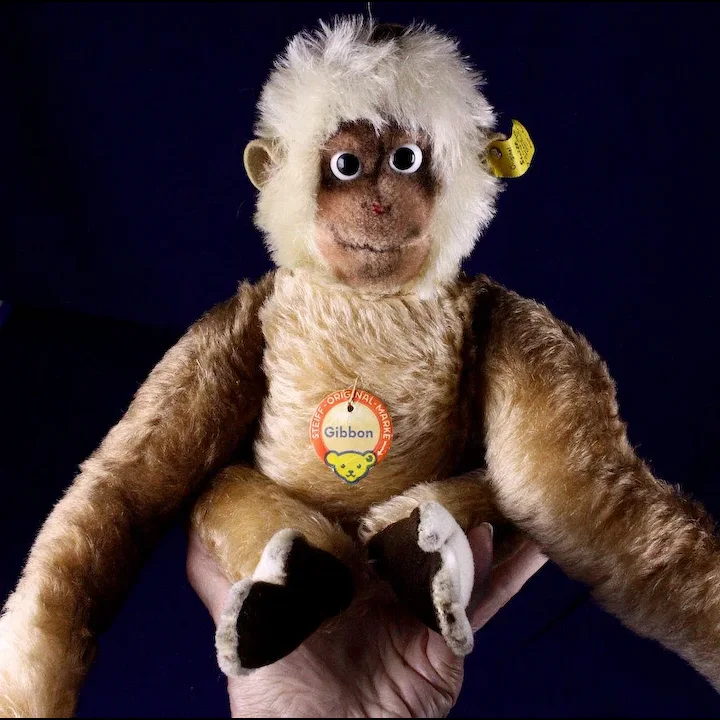











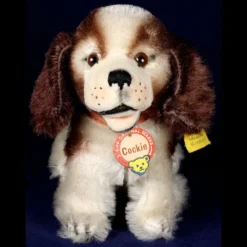
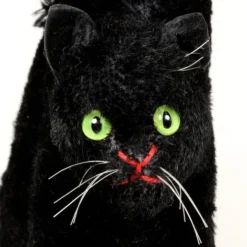
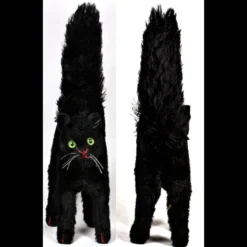

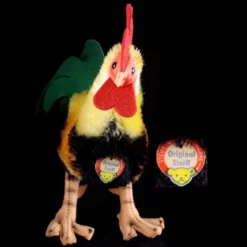

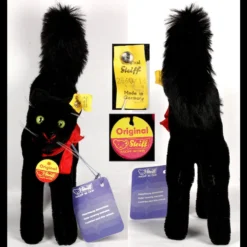
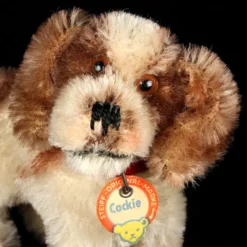
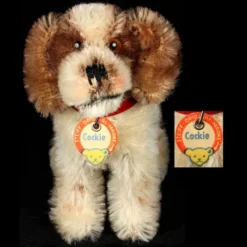
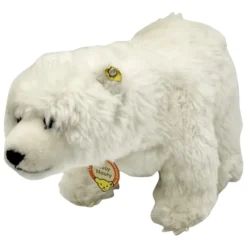
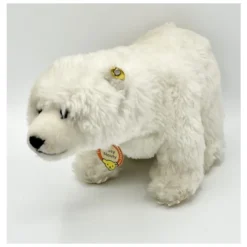
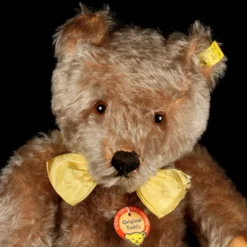

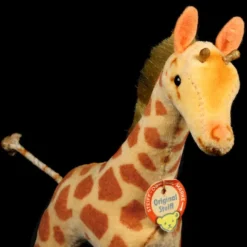

Reviews
There are no reviews yet.